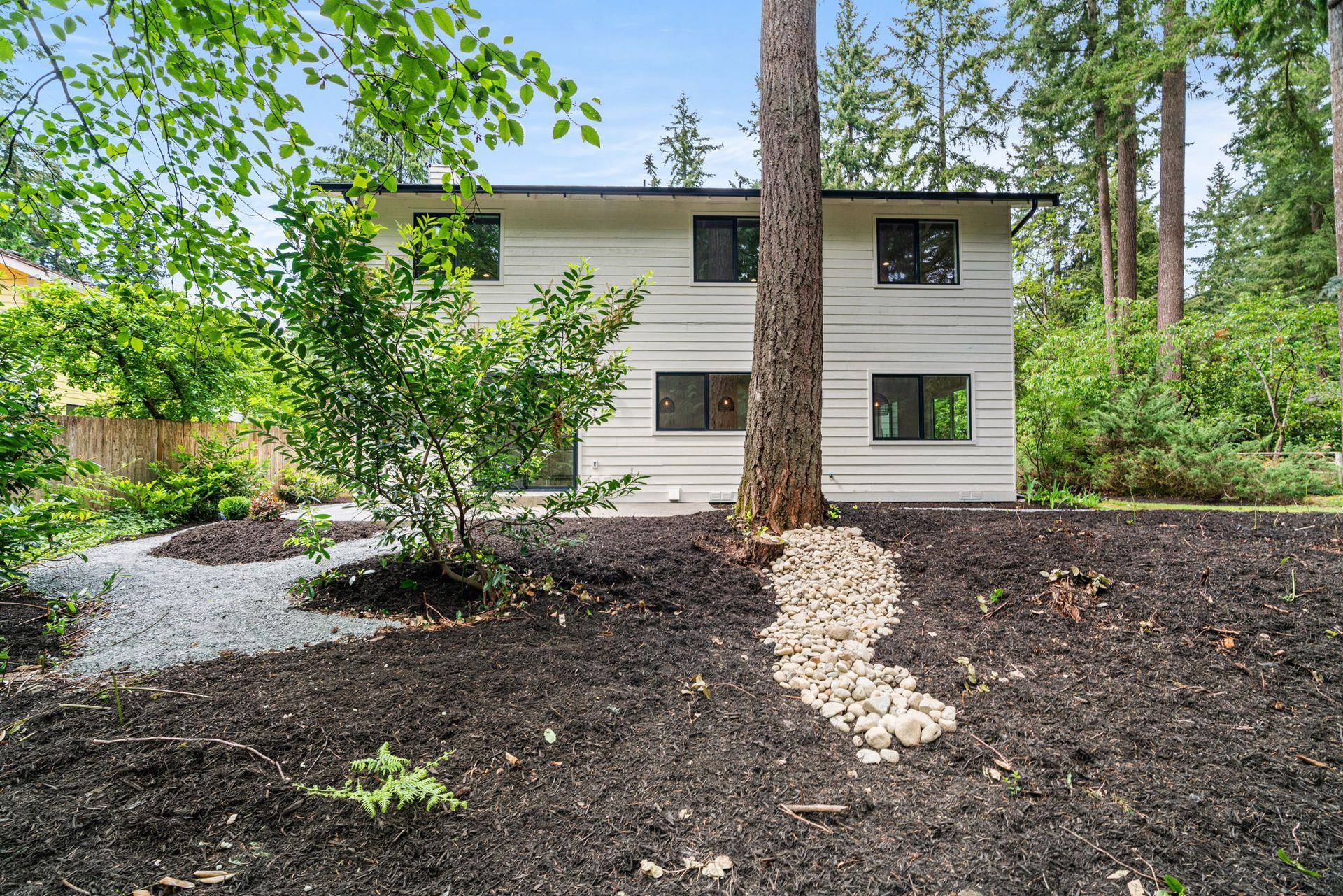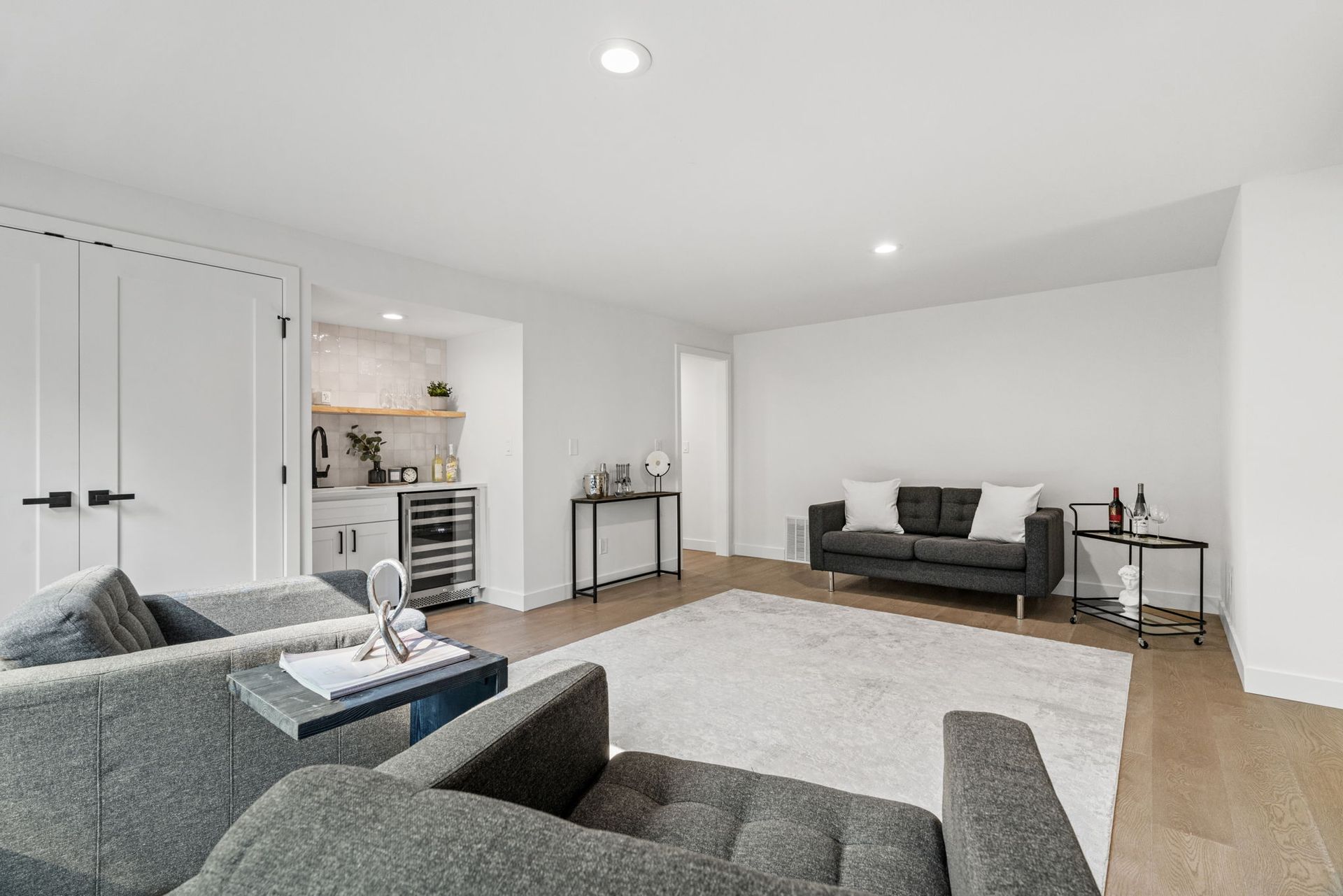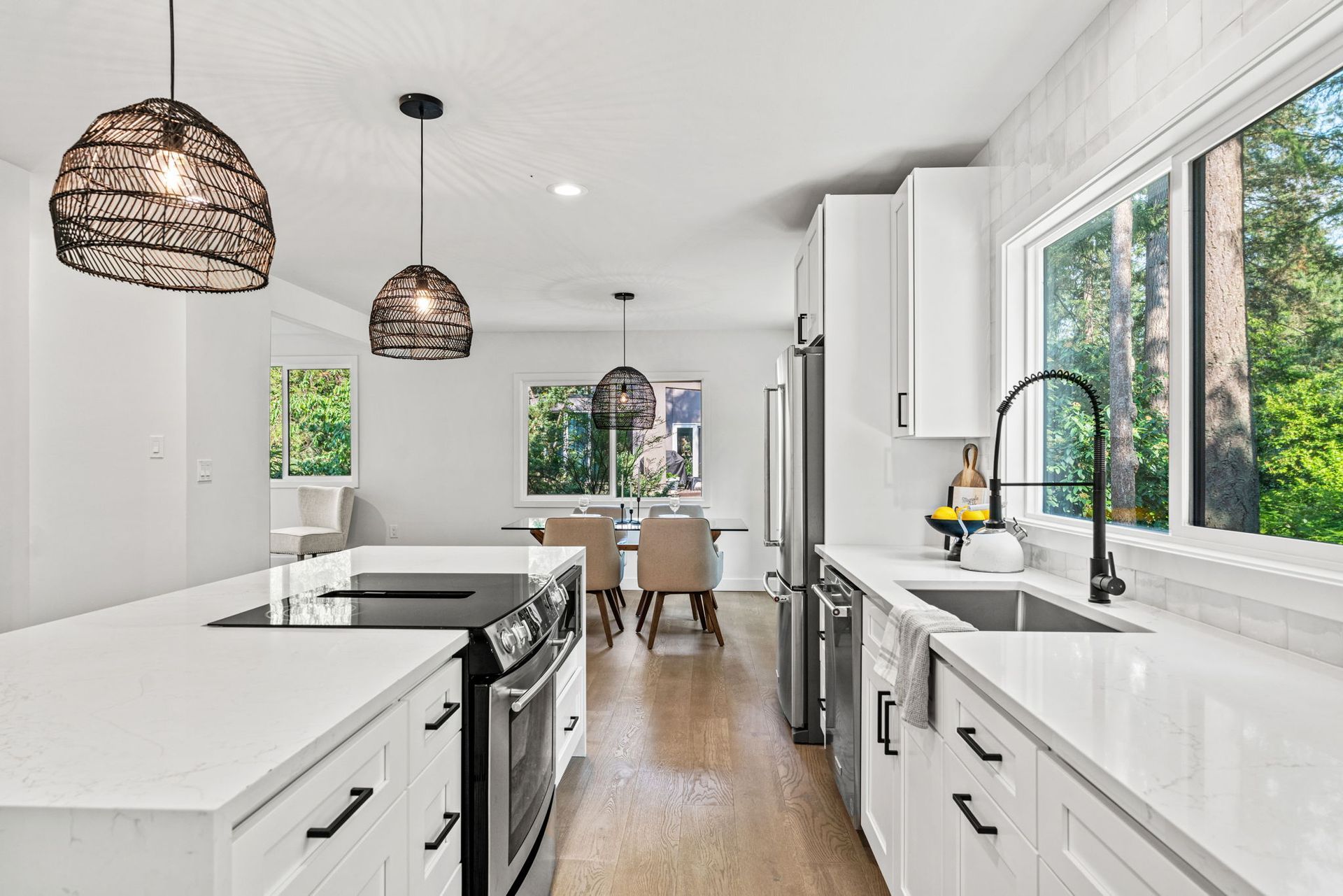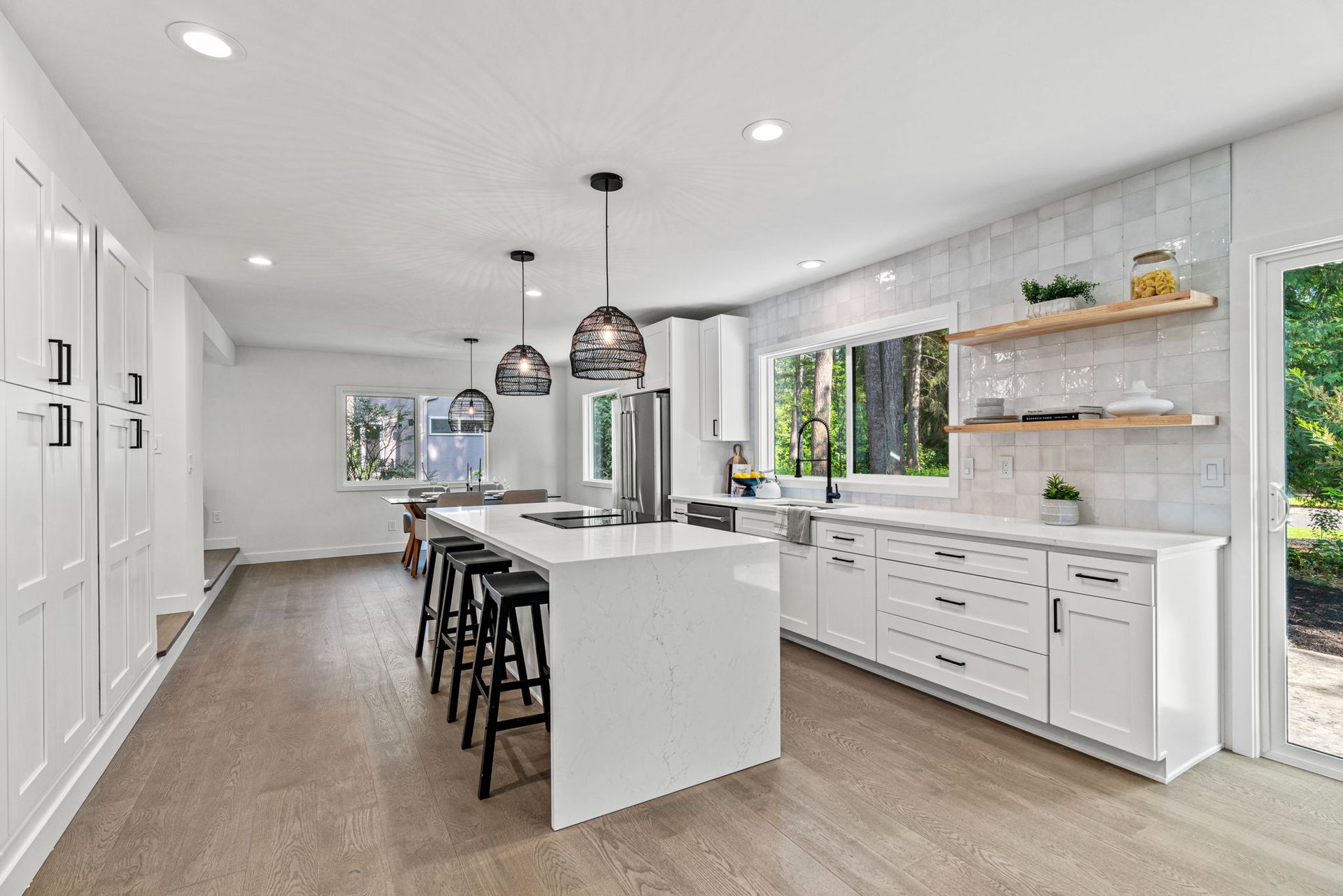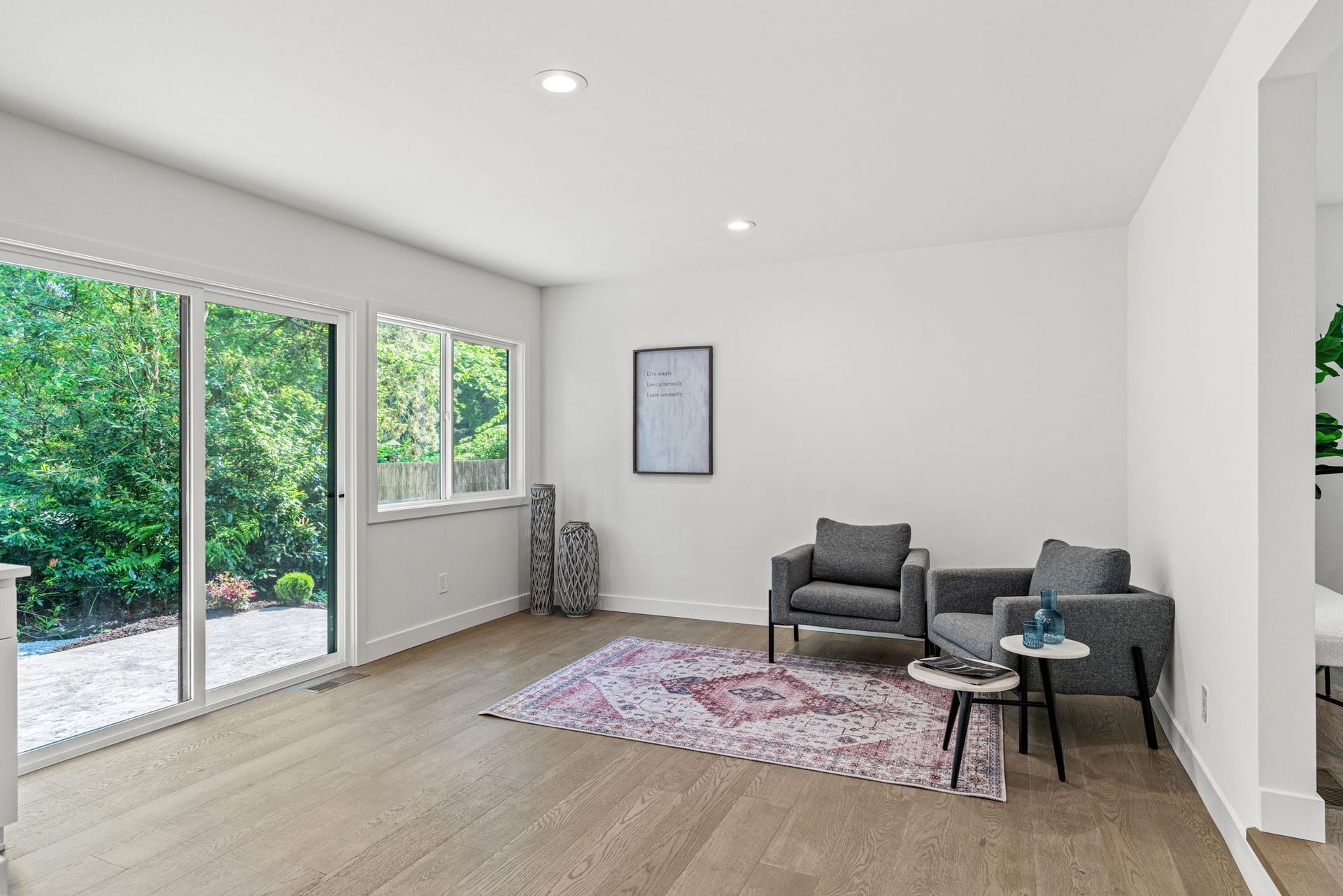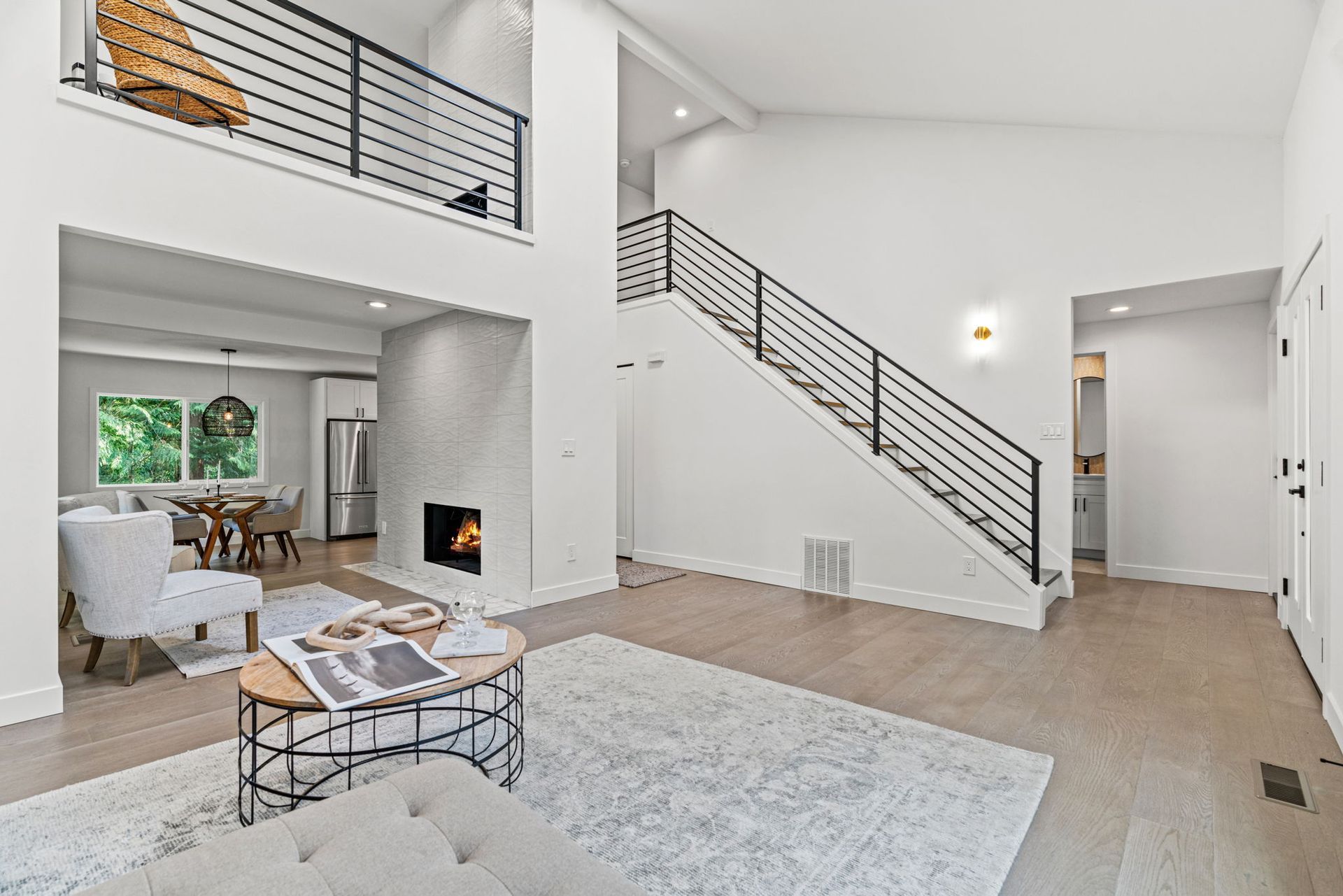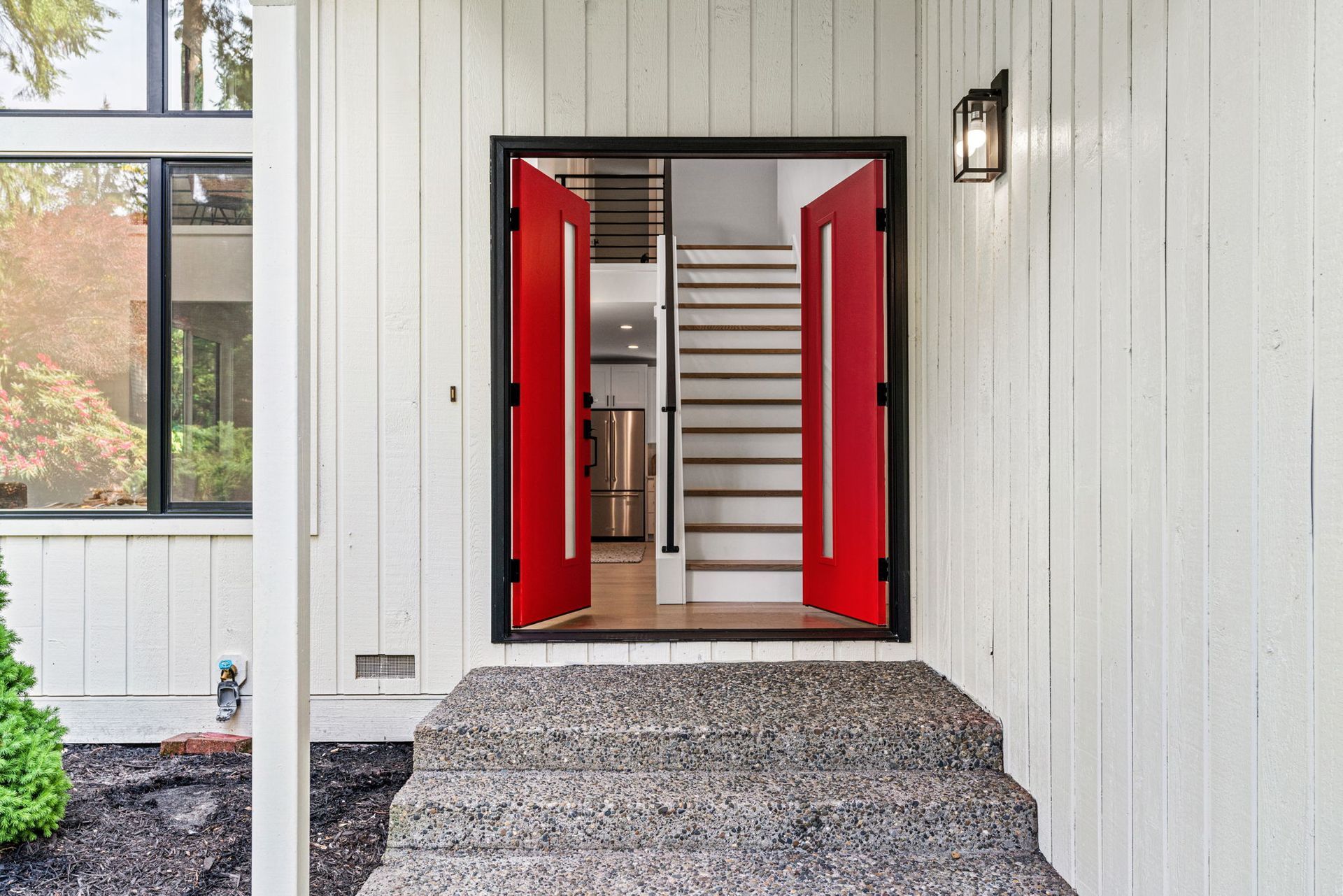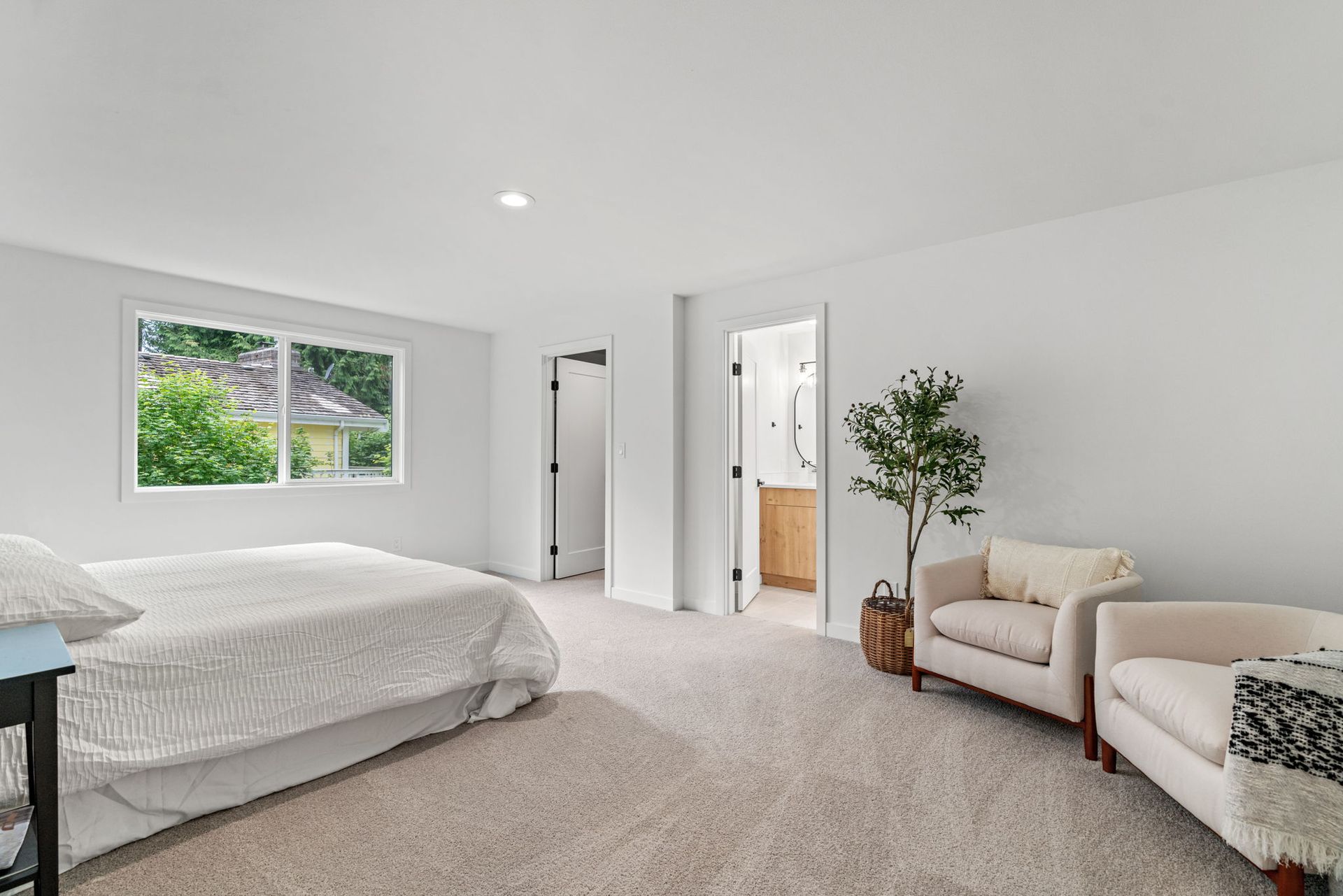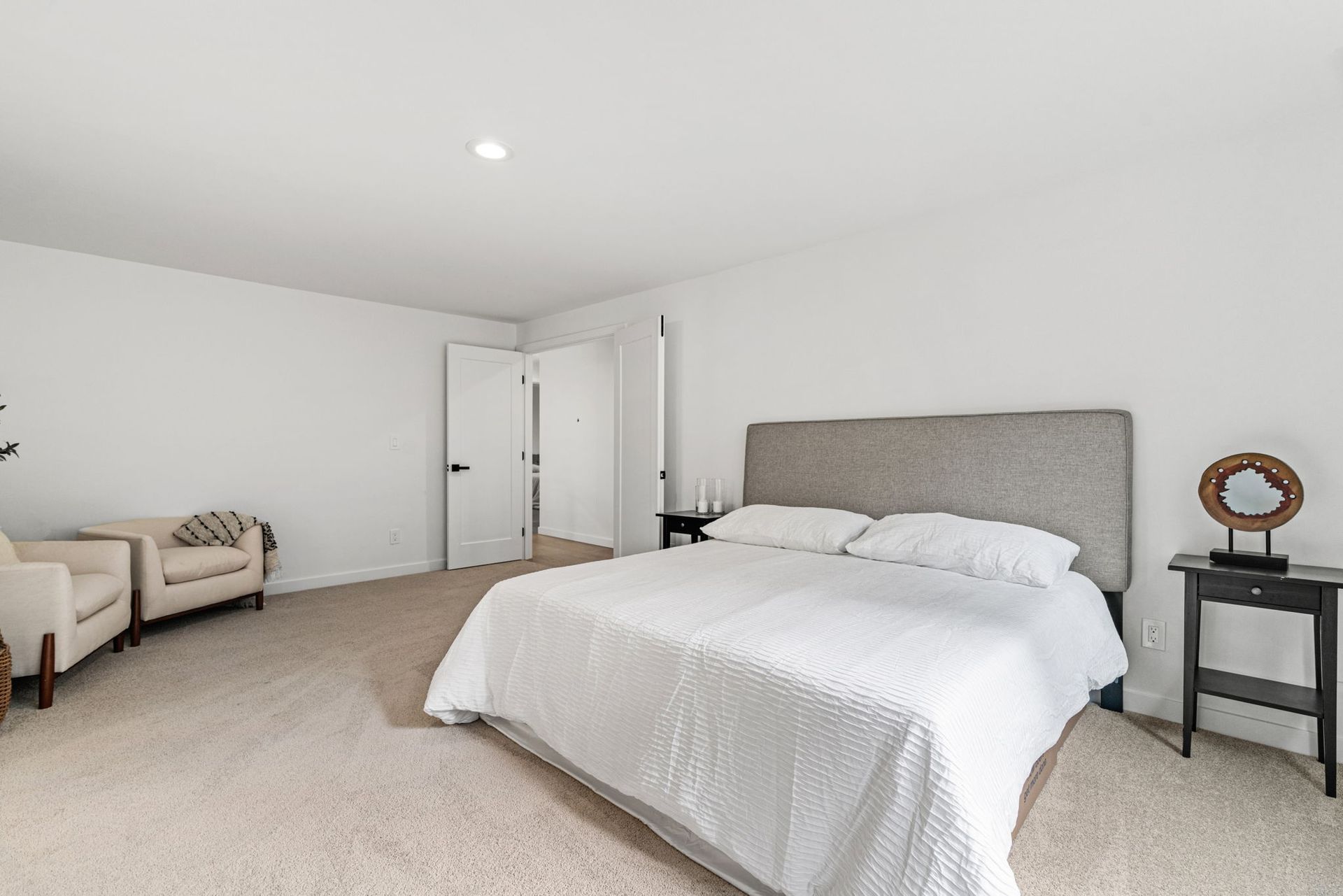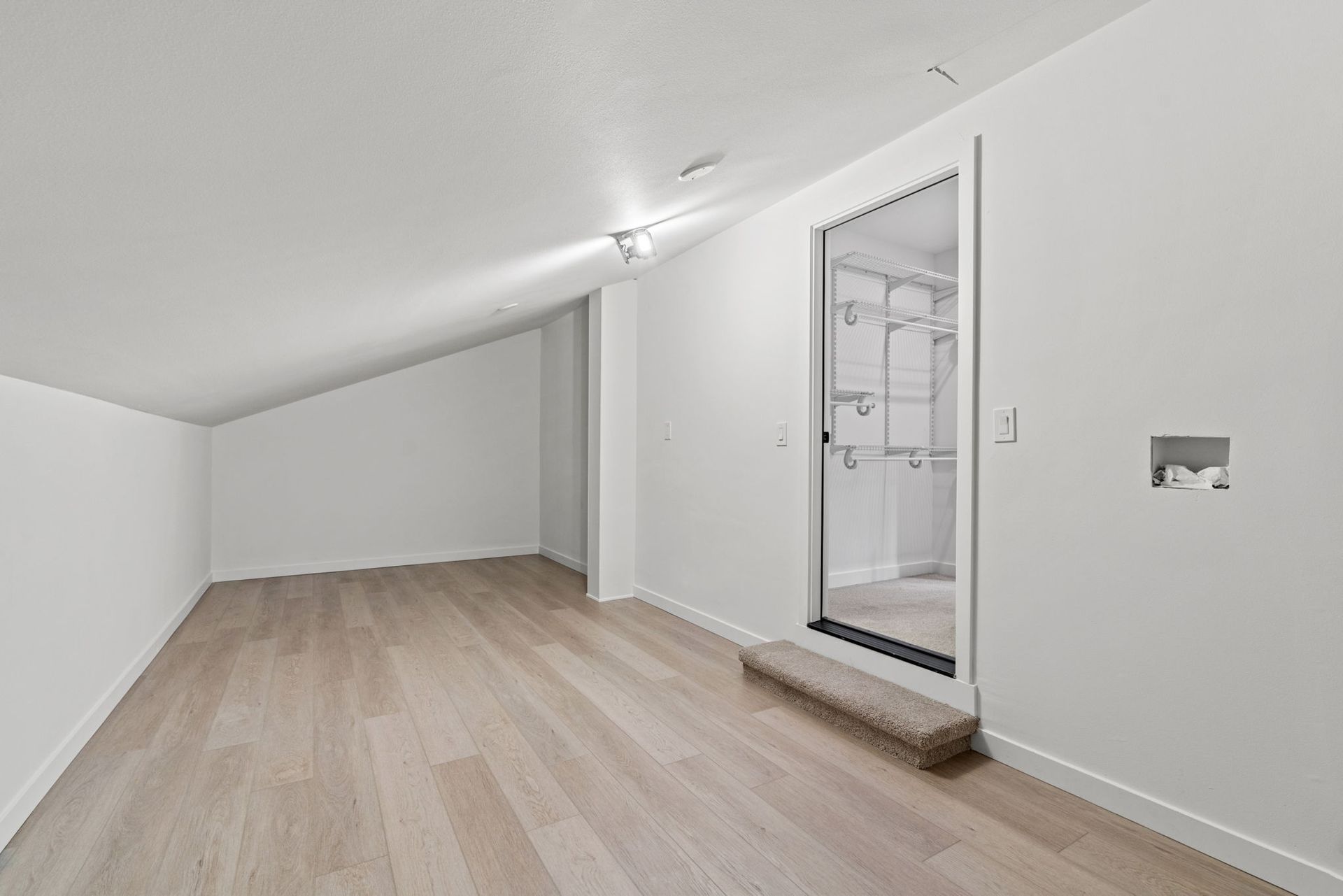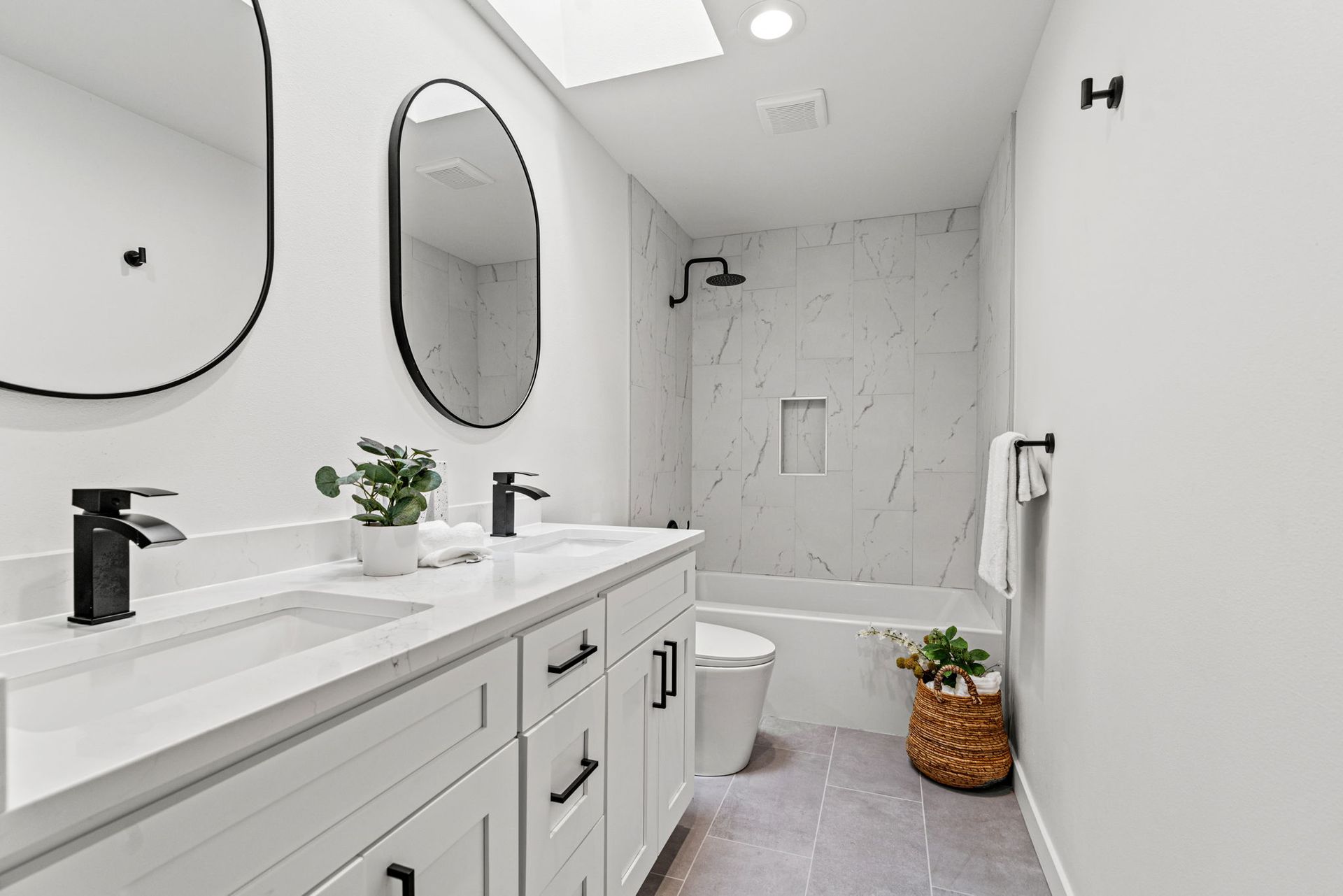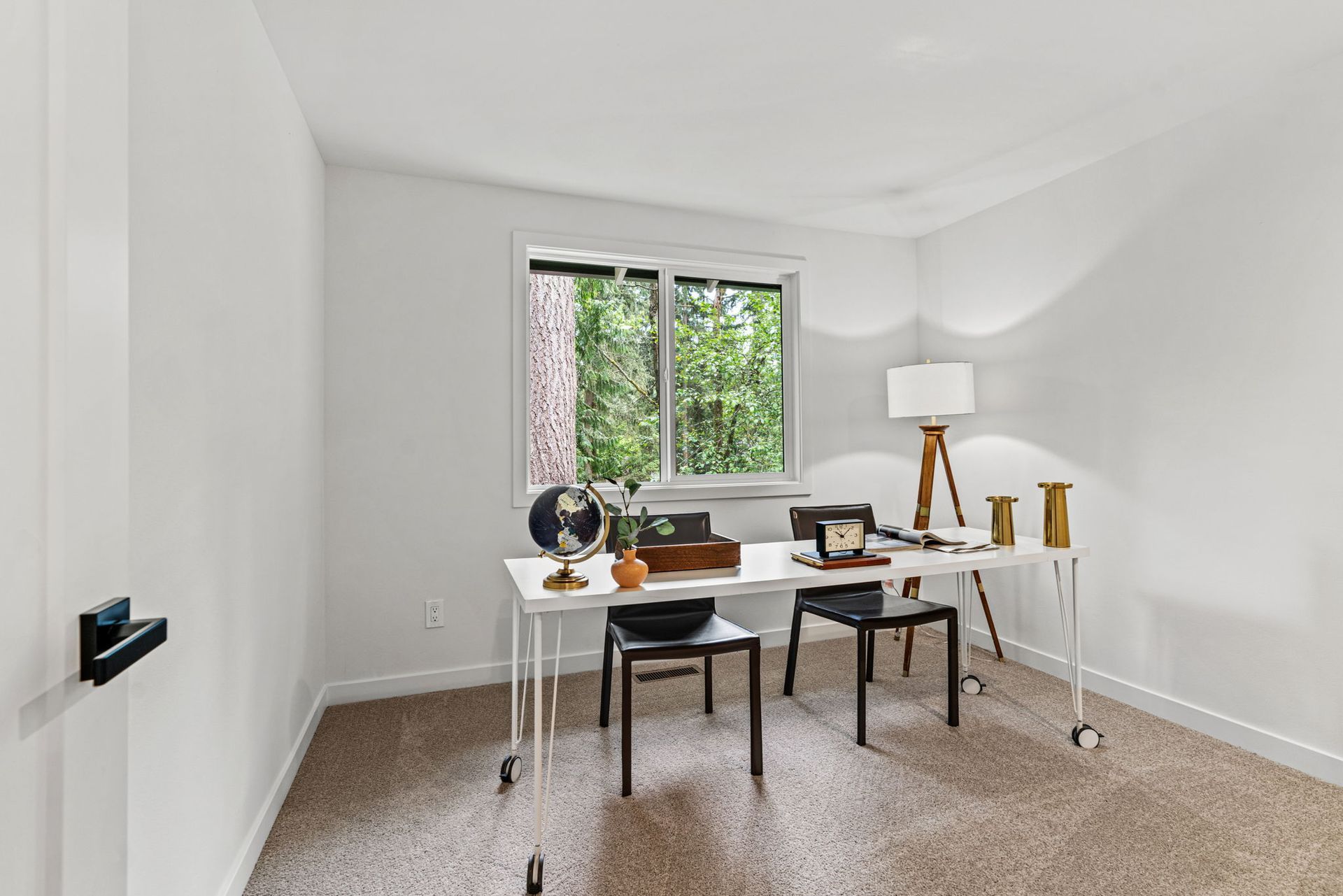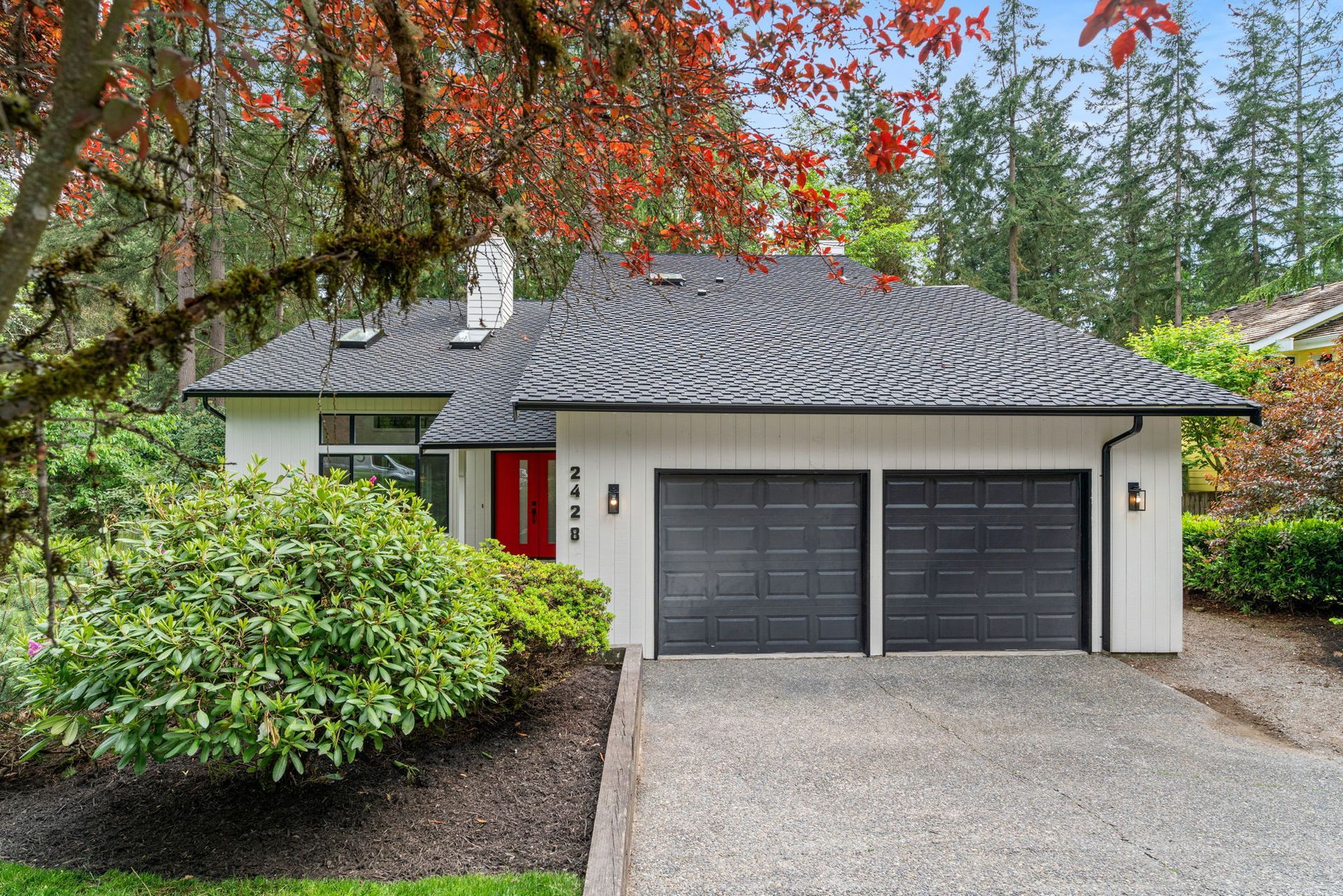House Flip: Full Home Remodel
We offer full Architectural Services, Remodel, and Residential Services
At United Seattle, we provide a comprehensive suite of services that cater to all your building and remodeling needs. This includes full-spectrum architectural services, expert remodeling solutions, and specialized residential services. Our experienced team is equipped to handle projects of any scale, whether you're planning a complete home renovation, a small residential update, or need expert architectural planning and execution. With us, you get a blend of creativity, technical expertise, and committed customer service, tailored to make your vision a reality.


